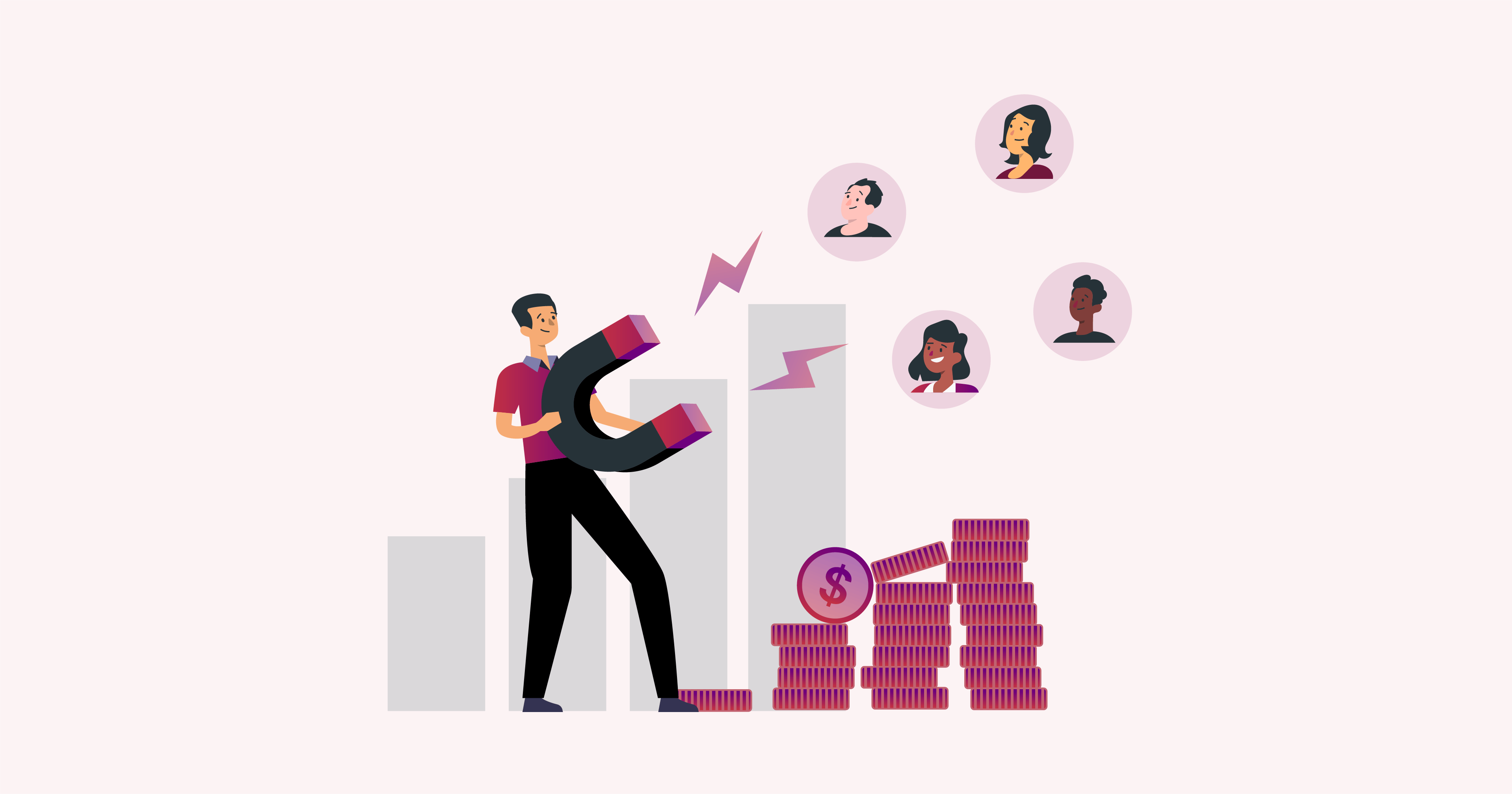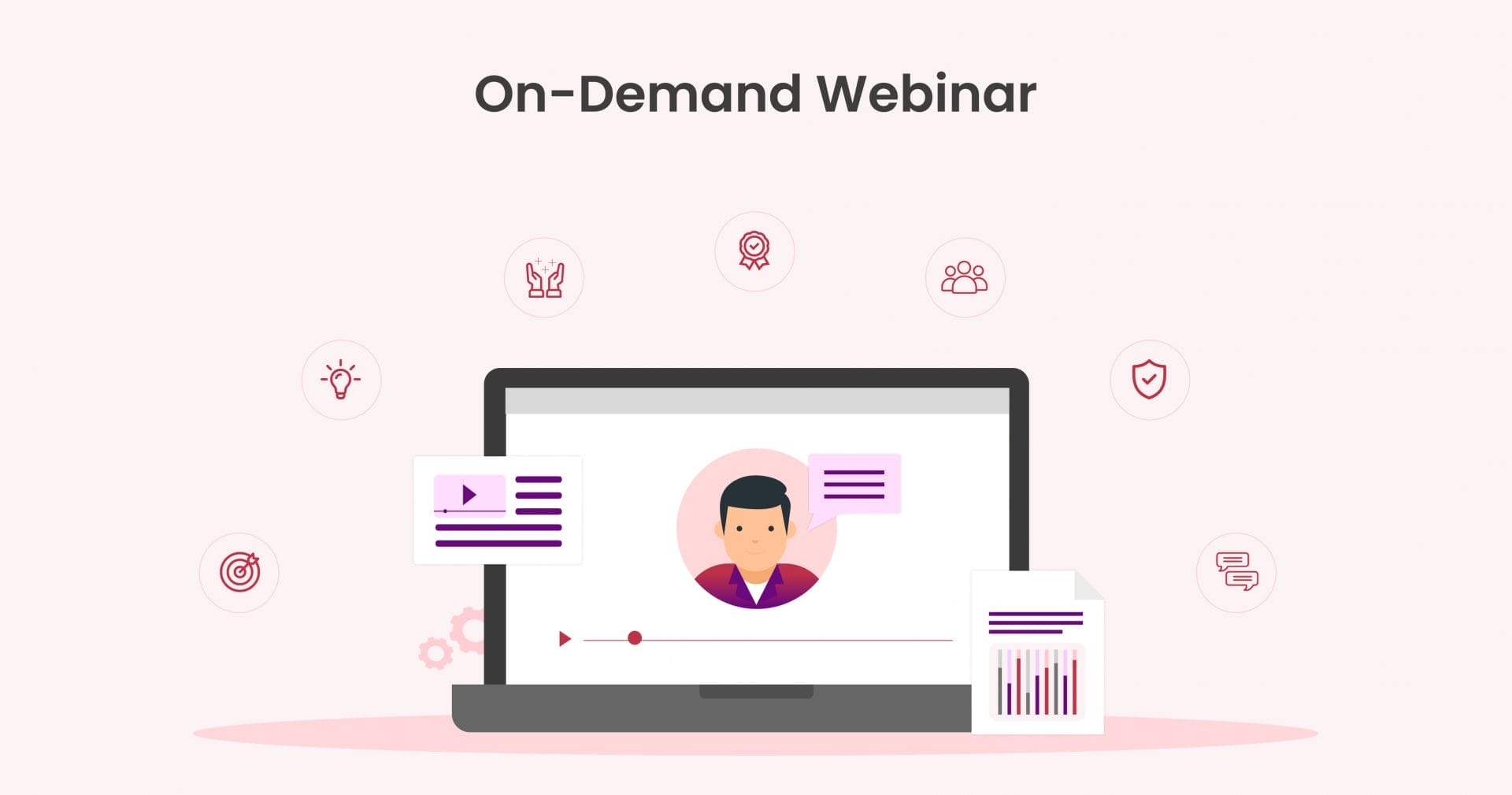In the world of commerce, it’s not uncommon for customers to drift away from your brand. Whether they’ve been distracted by competitors, their needs have evolved, or they simply haven’t had a reason to return, disengaged customers represent both a challenge and an opportunity. Winning back these customers can be a cost-effective way to boost revenue and build long-term loyalty.
In this article, we will explore effective strategies to re-engage with customers and reclaim their business. Re-igniting these relationships requires a multi-faceted approach, involving everything from optimizing the customer experience to running targeted marketing campaigns. Additionally, we will touch upon various techniques, such as order fulfillment and leveraging plugins to re-engage customers. Let’s delve into the world of re-engagement strategies and discover how your business can reconnect with its valuable customer base.
Assessing the current situation
Before diving into the strategies for re-engaging customers, it’s crucial to take a step back and assess the current situation. Understanding why customers have disengaged in the first place is key to developing effective re-engagement tactics.
Start by analyzing customer data and feedback. Look at historical purchase data, browsing behavior, and communication history with customers. Identify patterns that may indicate why customers stopped engaging with your brand. Additionally, seek out direct feedback from disengaged customers through surveys or contact with customer support.
Once you have gathered this information, you can pinpoint specific pain points and areas for improvement. It could be that your website’s user experience needs enhancements, or perhaps there are issues with order fulfillment that have led to dissatisfaction.
The assessment phase sets the stage for the subsequent strategies you’ll employ. By identifying the root causes of disengagement, you’ll be better equipped to tailor your re-engagement efforts to address these issues directly. This data-driven approach forms the foundation for a successful customer re-engagement strategy.
Re-optimizing customer experience
To successfully re-engage with customers and win back their business, it’s essential to focus on re-optimizing the overall customer experience. This involves a holistic approach to ensure that every touchpoint with your brand is seamless, valuable, and enticing.
Enhancing website user experience: A user-friendly and visually appealing website is vital. Ensure that your website is easy to navigate, loads quickly, and is mobile-responsive. Improve the clarity of product descriptions, pricing, and call-to-action buttons. Consider conducting UX research and usability tests to identify and address any pain points that might deter customers.
Streamlining order fulfillment processes: Efficient order fulfillment is critical for customer satisfaction. Review your order processing, shipping, and delivery procedures to minimize delays and errors. Provide transparent tracking and communication throughout the order journey.
Implementing community plugins: If you utilize community plugins like Peepso, ensure they are actively moderated and foster engagement. Encourage customers to participate in discussions, share experiences, and build a sense of community around your brand.
Keeping comments sections spam-free: Maintaining a clean and respectful comment section is essential for a positive online environment. Implement robust spam filters and moderation tools to eliminate irrelevant, offensive, or spam comments. Encourage constructive discussions and respond promptly to customer inquiries or feedback.
Offering exclusive content: Exclusive content can be a powerful tool for re-engagement. Create compelling blog posts, videos, webinars and podcasts, or downloadable resources that provide added value to your customers. This content should be accessible to returning customers, giving them a reason to revisit your website.
Reviewing and updating existing website content: Outdated or irrelevant content can deter customers. Regularly review and refresh your website content to ensure it remains accurate, informative, and engaging. Highlight new products, services, or promotions prominently.
Leveraging upselling plugins: Utilize upselling plugins strategically to suggest complementary products or upgrades during the customer’s journey. Tailor these suggestions based on the customer’s preferences and past interactions with your brand.
Re-optimizing the customer experience involves ongoing efforts to create a seamless and enjoyable interaction with your brand. By addressing these aspects, you not only re-engage past customers but also create an environment where they are more likely to become loyal patrons once again.
Targeted communication and engagement
Once you’ve re-optimized your customer experience, it’s time to re-engage with your audience through targeted communication and engagement strategies. These approaches will help you reconnect with past customers and rebuild their trust in your brand.
Segmenting the customer base: Begin by segmenting your customer base based on various criteria such as purchase history, browsing behavior, demographics, and engagement levels. This segmentation will allow you to tailor your communication and offers to specific customer groups.
Personalized email marketing campaigns: Craft personalized email campaigns that speak directly to the interests and preferences of different customer segments. Use past purchase data and behavior to recommend products or services that align with their needs. For example, if you have a list of contacts that have previously signed up for one of your webinars, you can use email marketing to promote your next webinar to that segment.
Social media re-engagement strategies: Utilize your social media channels to reconnect with customers. Share engaging content, run targeted advertising campaigns, and actively participate in conversations. For example, if you want to boost the attendance of your next webinar, consider investing in paid webinar ads on social media to increase your reach and generate leads.
Running flash sales and promotions: Running limited-time flash sales or promotions can create a sense of urgency and excitement among your audience. Notify past customers through email, social media, and website banners about these special offers to encourage them to revisit your site.
Encouraging customer feedback and reviews: Actively seek feedback from customers who have disengaged and those who have recently made a purchase. Use surveys or feedback forms to gather insights into their experiences. For example, if you run regular webinars, sending attendees a few post-webinar survey questions can help you to improve your online events in the future.
Utilizing chatbots and live chat for instant support: Implement chatbots or live chat support to provide immediate assistance to customers. This can be especially useful for addressing questions or concerns that might have led to disengagement. Ensure that these channels offer helpful and responsive interactions.
By targeting specific customer segments with personalized communication, offering enticing promotions, and providing convenient support options, you can re-engage customers who may have previously drifted away. These strategies create opportunities to rebuild relationships and rekindle their interest in your brand.
Customer incentives and loyalty programs
Re-engaging customers involves more than just reaching out; it also entails giving them compelling reasons to return and continue doing business with your company. Customer incentives and loyalty programs are effective tools for achieving this goal.
Creating loyalty programs: Loyalty programs are designed to reward and recognize loyal customers. Implement a structured program that offers incentives, such as points, discounts, or exclusive access, to customers who repeatedly engage with your brand. Make sure the rewards are attractive and align with your customer’s preferences.
Providing discounts and exclusive offers: Offer discounts, coupons, or exclusive promotions to entice customers back. Tailor these offers to customer segments based on their previous interactions and purchase history. Make sure these offers are prominently displayed on your website and communicated through your marketing channels.
Building relationships: Build personal connections with your customers by addressing them by name, acknowledging their past purchases, and showing appreciation for their loyalty. Send personalized emails on special occasions like birthdays or anniversaries to make customers feel valued.
Monitoring and measuring: Regularly track the performance of your loyalty programs and incentives. Analyze data to determine which offers resonate the most with your audience and adjust your strategies accordingly. For example, if you run regular webinars and want to improve attendance, you could analyze your webinar KPIs to determine which topics are most likely to generate interest.
Customer incentives and loyalty programs not only re-engage past customers but also encourage ongoing patronage. These initiatives demonstrate your commitment to customer satisfaction and create a sense of belonging, fostering lasting relationships with your audience.
Monitoring and adaptation
After implementing your re-engagement strategies and customer incentives, the work is far from over. Continuous monitoring and adaptation are essential to ensure that your efforts yield the desired results and that you remain responsive to changing customer preferences.
Start by analyzing metrics and tracking progress. Key performance indicators (KPIs) like conversion rates, click-through rates, customer retention rates, and the overall increase in customer engagement should be closely monitored. Use analytical tools to gain insights into which strategies are working and which may need adjustments.
It’s crucial to make data-driven adjustments to your strategies based on the insights you gather. If certain communication channels or offers are proving more effective, allocate more resources to those areas. Conversely, if a particular tactic is not yielding the expected results, be prepared to pivot and try different approaches.
Continuous improvement should be a central part of your re-engagement strategy. Customer preferences and market dynamics evolve, so staying flexible and adaptive is essential for long-term success. Regularly solicit feedback from customers to understand their changing needs and expectations and incorporate their input into your strategies.
Remember that re-engaging customers is an ongoing process. Your efforts should not end once customers return; instead, focus on nurturing these relationships to ensure sustained engagement and loyalty. By maintaining a dynamic and data-driven approach, you can stay ahead of the curve and continue to win back and retain valuable business.
Conclusion
Re-engaging with customers and winning back their business is a strategic endeavor that requires a comprehensive approach. In this article, we’ve explored a range of strategies designed to help you successfully reconnect with past customers and reignite their interest in your brand.
From assessing your current situation and re-optimizing the customer experience to implementing targeted communication and engagement tactics, offering customer incentives, and continuously monitoring and adapting your strategies, you have a toolbox of techniques at your disposal.
But remember, each business is unique, and the effectiveness of these strategies may vary depending on your industry, target audience, and specific challenges. The key to success lies in understanding your customers, staying responsive to their needs, and continuously improving your re-engagement efforts.



